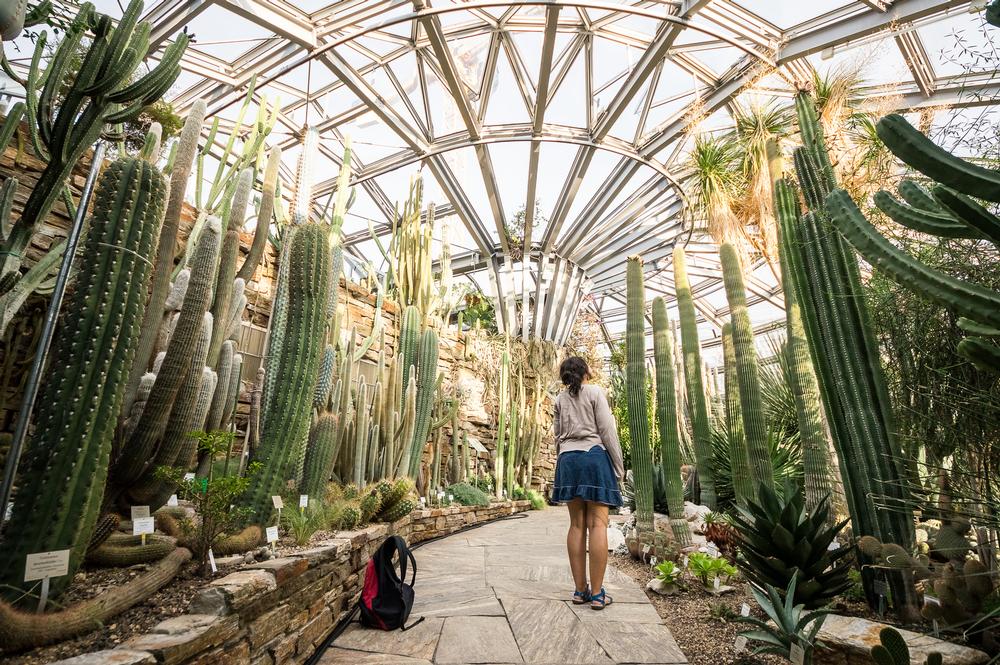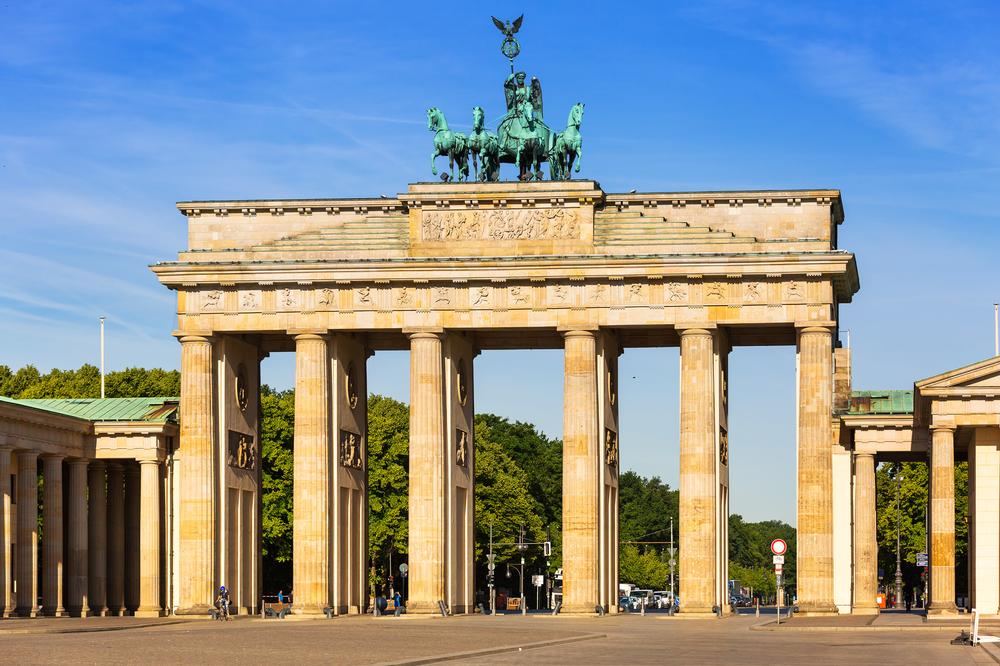Need a dynamic city escape filled with history, culture, and cutting-edge creativity? Head to Berlin! Germany’s capital blends dramatic history with avant-garde art, world-class museums, and a buzzing food and nightlife scene. Whether you’re walking the Berlin Wall, dancing until dawn, or relaxing in leafy parks, Berlin is equal parts grit and glamour.
Berlin, Germany Highlights:
- Brandenburg Gate: Visit the iconic neoclassical gate that once divided East and West Berlin.
- Berlin Wall Memorial & East Side Gallery: Explore preserved sections of the Wall, including the longest open-air gallery in the world.
- Museum Island: A UNESCO World Heritage Site featuring five world-renowned museums on the River Spree.
- Reichstag Building: Tour the historic German parliament and its striking glass dome with panoramic city views.
- Tempelhofer Feld: Stroll, cycle, or picnic on a repurposed WWII-era airport turned urban park.
When I like to visit Berlin, Germany
The best time to visit Berlin is from May through September when the weather is warm, festivals are in full swing, and parks and cafes buzz with life. Winter is cold but festive with Christmas markets, while spring and fall are mild and ideal for sightseeing.
Tips for getting to Berlin, Germany
- By Air: Fly into Berlin Brandenburg Airport (BER), which connects to major cities in Europe and worldwide.
- By Train: Berlin Hauptbahnhof is a major rail hub with connections across Germany and to neighboring countries.
- By Public Transit: The city’s U-Bahn, S-Bahn, trams, and buses make it easy to get around without a car.
Where I like to stay in Berlin, Germany
- Hotel Adlon Kempinski – Historic 5-star luxury across from the Brandenburg Gate with elegant rooms and fine dining.
- 25hours Hotel Bikini Berlin – Trendy hotel with a jungle-meets-urban aesthetic and rooftop bar overlooking the Berlin Zoo.
- Motel One Berlin-Alexanderplatz – Chic budget-friendly option with excellent access to major sights and transit.
Best Things to Do in Berlin, Germany
Where I Like to Eat in Berlin, Germany
- Markthalle Neun – A trendy indoor food hall in Kreuzberg featuring craft beer, street food, and local produce.
- Mustafa’s Gemüse Kebap – Legendary food stand offering one of Berlin’s best döner kebabs (expect a line!).
- Neni Berlin – Stylish spot atop Bikini Berlin with panoramic views and creative Mediterranean-Middle Eastern fusion.
My favorite local events:
- Berlinale – Berlin International Film Festival (February) – One of the world’s major film festivals with red carpets and screenings citywide.
- Karneval der Kulturen (May–June) – Colorful street festival celebrating global culture, music, and food in Kreuzberg.
- Festival of Lights (October) – Iconic Berlin landmarks are transformed with large-scale light art and projections.
My favorite day trips within 30 Minutes of Berlin, Germany:
- Potsdam (30 min) – Visit the stunning Sanssouci Palace and explore gardens and lakes in this royal retreat.
- Wannsee (20–25 min) – Swim, sunbathe, or ferry around Berlin’s beloved lakeside escape.
- Spandau Citadel (30 min) – One of Europe’s best-preserved Renaissance forts with museums and panoramic views.
- Köpenick (30 min) – Explore charming old town streets and the baroque Köpenick Palace on the Dahme River.
- Dahlem Museums (25–30 min) – Dive into ethnology and Asian art collections in a quiet, green district.
- Berlin-Düppel Historic Village (30 min) – Step into a reconstructed medieval village with costumed interpreters and hands-on demos.
- Grunewald Forest (20–30 min) – Hike or cycle through this vast woodland with lakes, towers, and wildlife.
- Pfaueninsel (Peacock Island) (30 min) – Ferry to this nature-filled island featuring romantic ruins and actual peacocks.
- Botanical Garden and Museum (25 min) – Explore one of the world’s largest botanical gardens with over 20,000 plant species.
Plan Your Trip






